 Light drawing is when you use a long shutter to and a light source to paint a picture, this is my example of a light drawing created whilst in the studio. An example for equipment list for a light drawing shoot would be Camera (6D for example) a Tripod as this is required to keep the camera still. Touches to create the drawing.
Light drawing is when you use a long shutter to and a light source to paint a picture, this is my example of a light drawing created whilst in the studio. An example for equipment list for a light drawing shoot would be Camera (6D for example) a Tripod as this is required to keep the camera still. Touches to create the drawing.
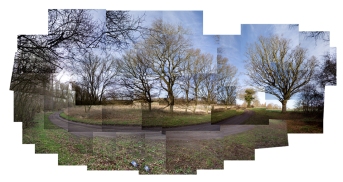 Montage photography is when an image is made up of multiple shots to make a final piece, This image was source off of google. This is a simple equipment list, a camera and a zoom lens to recreate angles.
Montage photography is when an image is made up of multiple shots to make a final piece, This image was source off of google. This is a simple equipment list, a camera and a zoom lens to recreate angles.
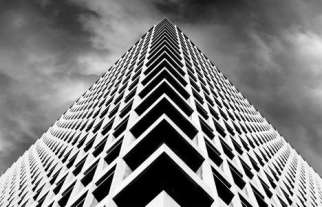
Abstract architecture is when an image does not look like the building it is supposed to be of. This image was sourced off of google image. This is one of the more simple equipment lists as a general rule of thumb is a camera with a zoom lens for example 24-105mm f4.0
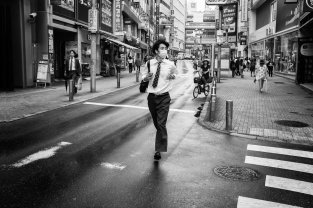 Street photography is photos taken with no formal setting, the people and the
Street photography is photos taken with no formal setting, the people and the
environment are not staged. The majority of photographers will tell you there is no better lens than a 50mm prime lens, this gives a massive depth of field due to the low aperture for example f1.8
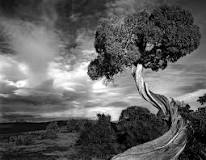
Fine art photography is photography created in accordance with the vision of the artist as photographer. This is a more specialised equipment list as many fine art photographers will use an original roller-flex or a medium format camera.
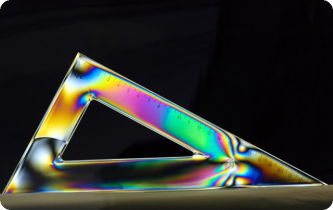
Polarised images are when there is glare on the lens, or when the light hits the lens
differently and the image appears brightly coloured this can be reduced by using a polarising filter. This effect can be increased buy using specific filter and flash combination.

Solarisation is when the colours get inverted, by turning the dark areas light and light areas dark. This image was sure off google images. This effect is less about the equipment but more about the editing process, using a standard lens and camera and inverting the images.

Macro photography is when the subject is really close to the lens, you can get specia macro lenses to do this photography however i have experimented by shooting butterflies. There are plenty of macro lenses around specifically for macro photography, a general rule is using a 100mm prime, this allows a wide aperture to retain the detail.

Silhouette photography is using the sun to underexpose the model or subject closest to the camera, this is my example, i took this whilst at my grandparents house, using the sun to create the point of under exposure.

Trail lights are produced in the city, this is using a long shutter speed usually over 15 seconds showing passing cars, this can produce some great results, this photo is my own, priced by standing on a bridge over a duel carriage way. To take this image i used a 17-40mm f4.0 L USM to get a wide angle. However it depends on the subject.
 Double exposure photography is when you do two exposure one on top of each other, this is usually done in digitally in photoshop however using film it can be done by rewinding the film and taking another shot over the top of it.
Double exposure photography is when you do two exposure one on top of each other, this is usually done in digitally in photoshop however using film it can be done by rewinding the film and taking another shot over the top of it.

Abstract landscapes can be made by combining landscape photography with a slow shutter speed producing this image blurring both sky and land. A wide angle lens is required to take a landscape shot, this will give a wide perspective.

Long exposure is when you slow the shutter speed down to blur a subject, this is my own example of a long exposure taken in a local stream, a neutral density filter is always useful to block out most of the light. For a long exposure shot i would consider buying a neutral density filter, this block a lot of light and allows you to open the shutter speed up.

Atmospheric Landscapes are when there are two different colour ranges, one for afar and middle ground, i use this image for google to represent it.
Within the brief i was asked to compare different techniques, for example Long Exposure photography compared with architecture photography, the obvious differences are the length of exposure, often using a 15+ second shutter to take a long exposure. Also with architecture photography a useful tip is to look up as this can often be overlooked.
For my Square mile project i wanted to use abstract photography as this combined with location photography bast matches the final image of what i was trying to re-create.
Location Photography
For my shoot i will be using a Canon 6D paired with a 17-40mm f4.0 L USM this allowed me to get some of the dash in the shot with a wide angle.
You will need to asses each location for risks – a risk assessment is important to capture the right shot safely.
law and legal rights – check that you have permission to shoot there. I had no issues with legal rights as i was shooting in on public property.
Weather – always check the weather as some shoot can be tailored to the weather. I checked the weather pre-shoot to ensure grey cloudy skies for excellent contrast.
Lighting – use the location to your advantage, for example if your outside use the ‘golden hours’ I have used lighting to my advanced on the portfolio ‘Square Mile’